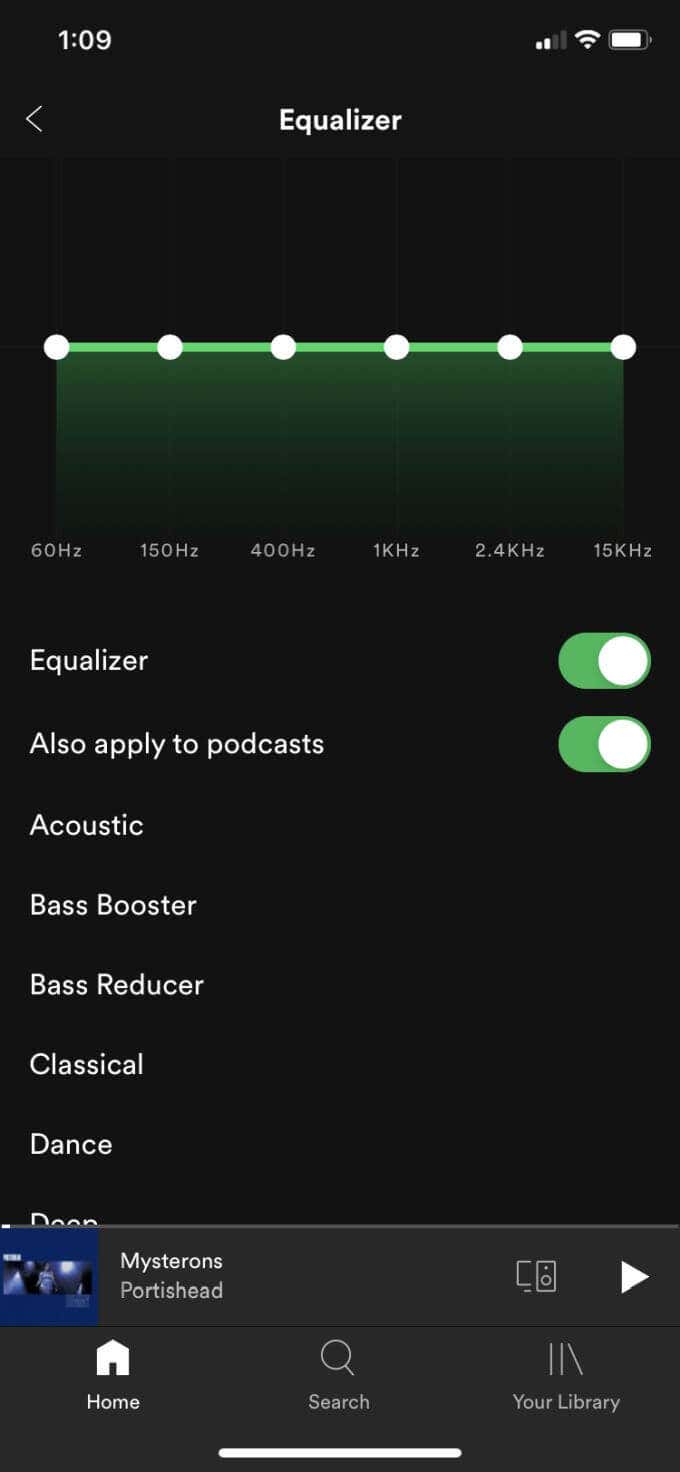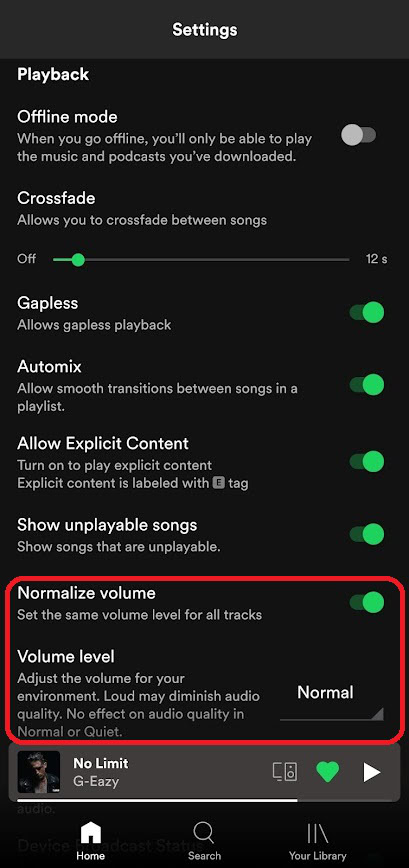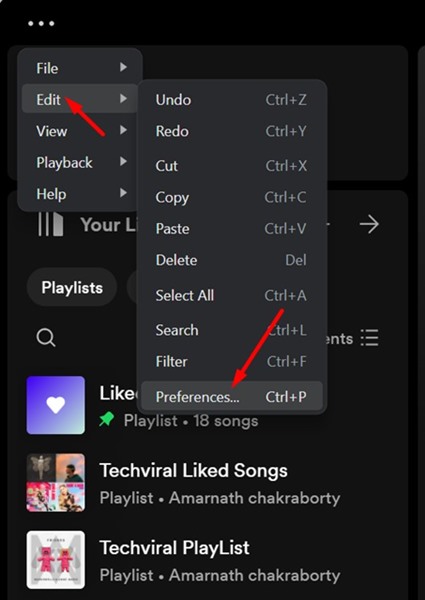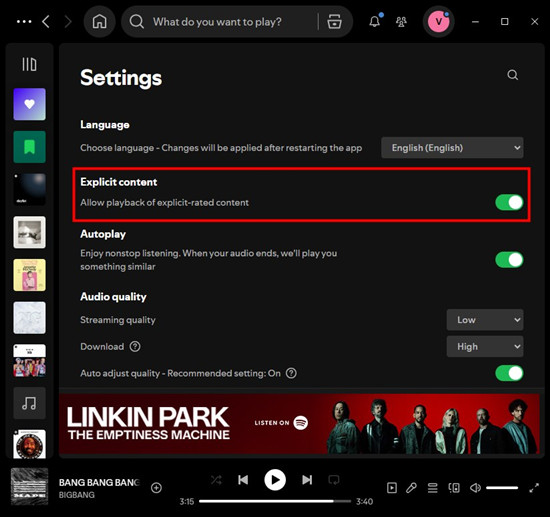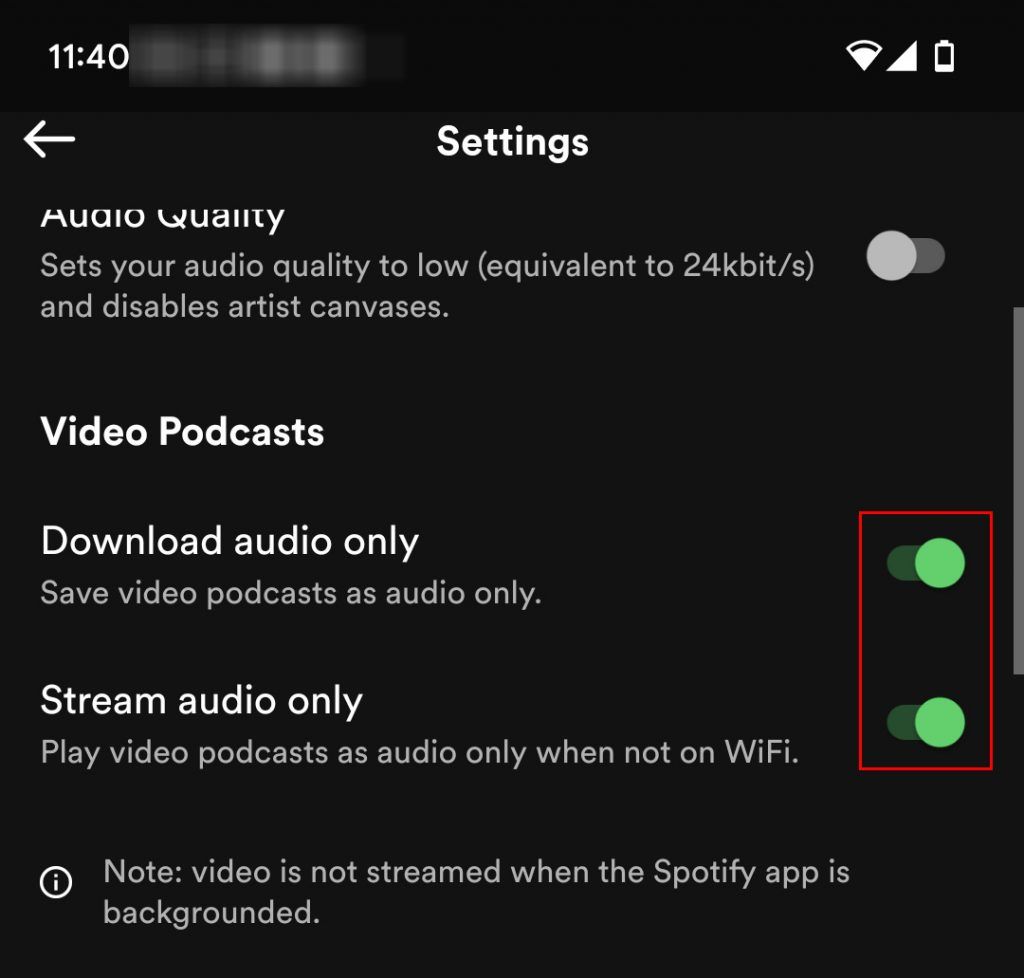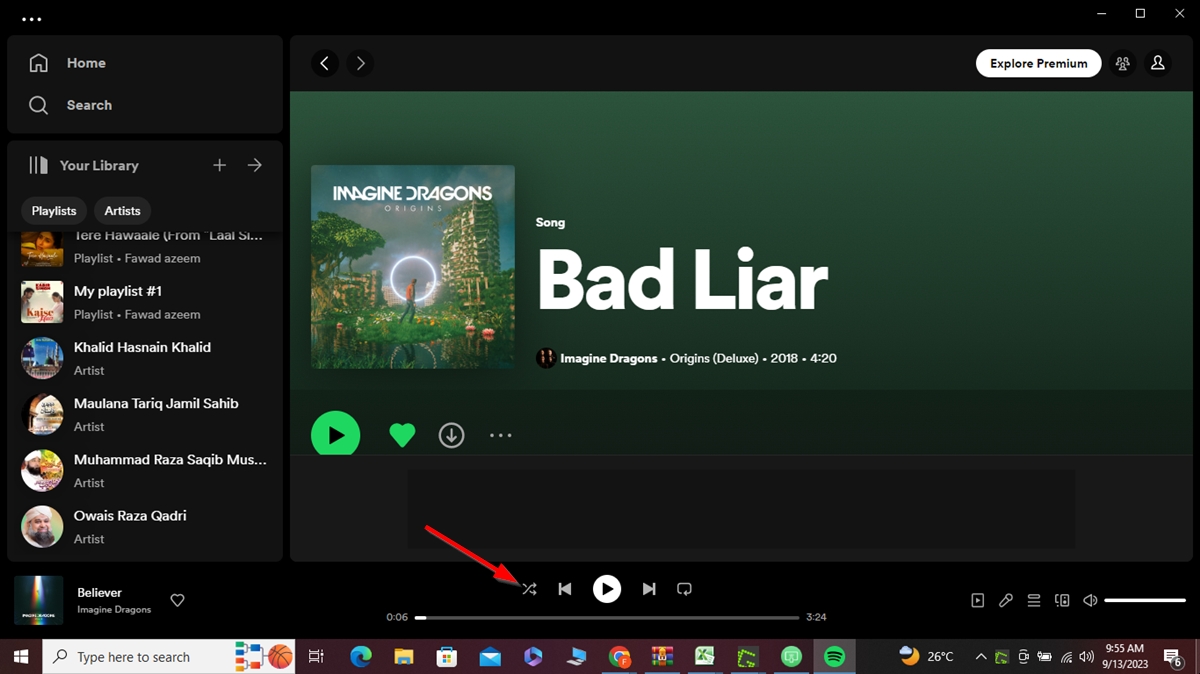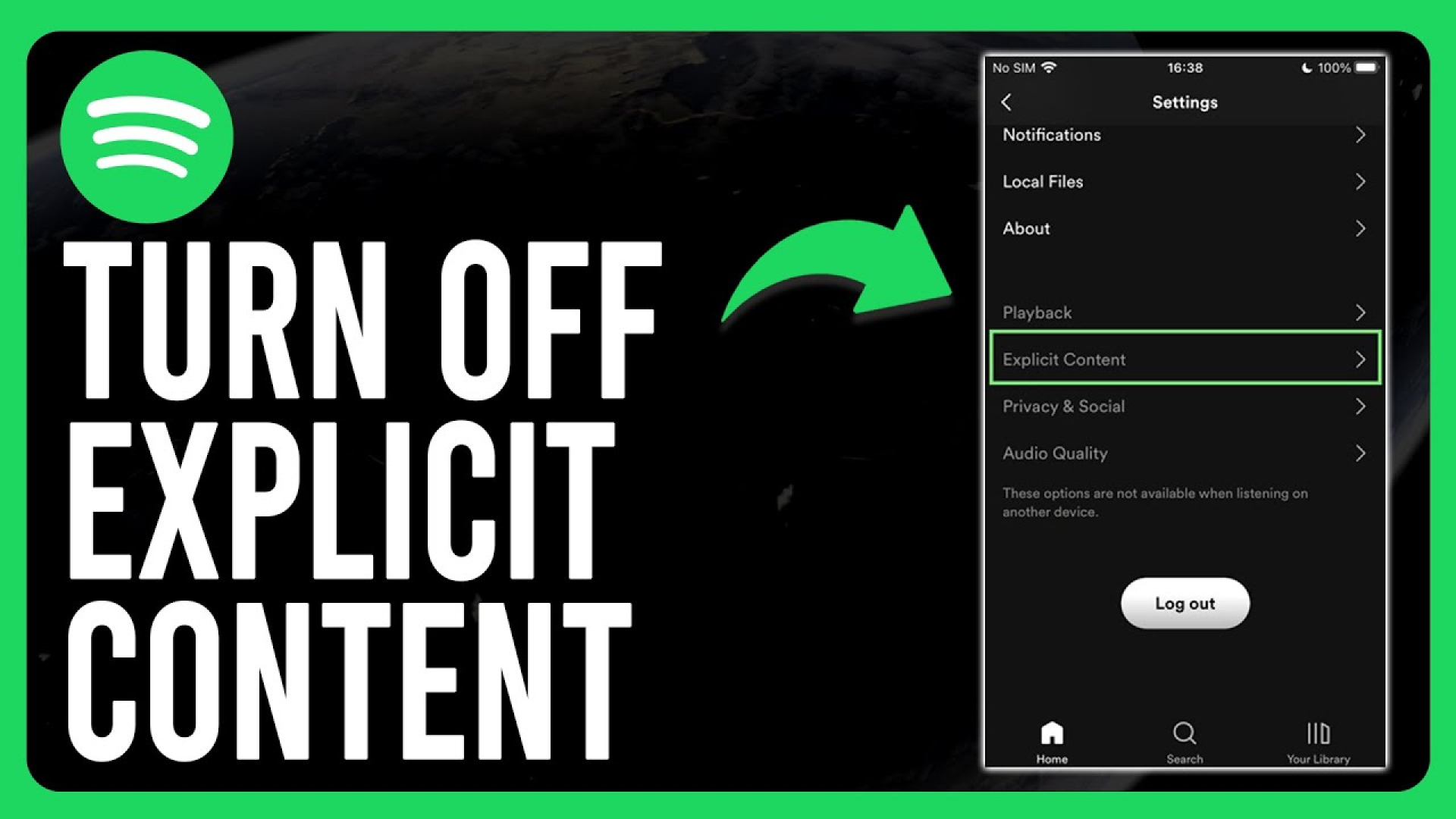How To Turn Off Loudness Optimization On Spotify

For many Spotify users, the platform's audio normalization feature, often referred to as loudness optimization, can be a double-edged sword. While designed to create a consistent listening experience across different tracks and albums, it can sometimes flatten dynamic range and diminish the artistic intent of meticulously mastered music. This article explains how to disable this feature and potentially enhance your listening experience.
The goal is to provide users with clear, step-by-step instructions on how to adjust Spotify's audio settings and gain more control over the sound output. Understanding these settings allows listeners to tailor the platform's audio processing to their personal preferences and equipment.
Accessing Audio Settings
The process for turning off loudness optimization varies slightly depending on whether you are using the desktop or mobile application. On the desktop app, the settings can be found within the main application menu.
For mobile users, accessing the settings requires navigating through the profile and playback options. Regardless of the platform, the desired setting will be found under the playback or audio quality section.
Desktop Application
To disable loudness normalization on the desktop application, begin by opening Spotify. Click on your profile picture located in the top right corner of the application.
Select "Settings" from the drop-down menu. Scroll down to the "Playback" section.
Locate the "Loudness normalization" option. Use the drop-down menu to select your preferred setting: "Normal," "Loud," or "Quiet." To effectively disable loudness optimization, choose "Off" if that is an available option or select the setting that corresponds to the highest dynamic range, typically indicated by the term "Normal."
Mobile Application
Open the Spotify mobile app on your iOS or Android device. Tap on your profile icon, typically located in the top left corner of the screen.
Navigate to "Settings and privacy." Scroll down and tap on "Audio quality."
Under the "Loudness normalization" section, choose your preferred setting. As with the desktop application, select "Normal" or "Off" (if available) to minimize the platform's audio processing.
Understanding Loudness Normalization
Spotify employs loudness normalization to ensure that all tracks play at a similar perceived volume. This is done to prevent sudden volume spikes or dips between songs, creating a more consistent listening experience, especially when using shuffle play or listening to diverse playlists.
The platform analyzes the overall loudness of each track using algorithms that measure perceived loudness, often based on the Integrated Loudness value according to the ITU-R BS.1770 standard.
Spotify then adjusts the volume of each track so that it conforms to a target loudness level, which currently hovers around -14 LUFS (Loudness Units Relative to Full Scale). This means that tracks mastered at significantly different loudness levels will be adjusted to fit within this target range.
Potential Benefits of Disabling Loudness Normalization
Disabling loudness normalization can yield several benefits, particularly for audiophiles and those who appreciate the nuances of music production. It allows you to experience music as the artist and audio engineer intended, with the full dynamic range preserved.
This can result in a more engaging and immersive listening experience, with greater detail and a wider range of sonic textures. Classical music, jazz, and other genres that rely heavily on dynamic range can particularly benefit from disabling this feature.
Furthermore, turning off loudness normalization can improve the sound quality when using high-end headphones or speakers. These devices are often capable of reproducing a wider dynamic range, and loudness normalization can diminish their potential.
Potential Drawbacks and Considerations
While disabling loudness normalization can enhance the listening experience in certain situations, there are also potential drawbacks to consider. One of the most significant is the potential for inconsistent volume levels between tracks.
This can be particularly noticeable when listening to playlists that include tracks from different genres or eras. Some tracks may be significantly louder or quieter than others, requiring you to constantly adjust the volume.
Another consideration is the type of listening environment. In noisy environments, such as a crowded commute, loudness normalization can actually be beneficial, as it ensures that all tracks are audible without requiring constant volume adjustments. Ultimately, the decision of whether or not to disable loudness normalization is a personal one.
Conclusion
By understanding how to access and adjust Spotify's audio settings, users can take greater control over their listening experience. While loudness normalization offers the convenience of consistent volume levels, disabling it allows for a more authentic and dynamic sound, particularly for those with high-quality audio equipment or a preference for genres that benefit from a wide dynamic range.
Experimenting with different settings and listening to a variety of tracks is the best way to determine the optimal configuration for your individual preferences and listening environment. By actively managing these settings, you can tailor Spotify to deliver the best possible audio quality for your needs.





